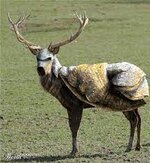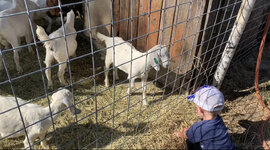Formidilosus
Super Moderator
- Joined
- Oct 22, 2014
- Messages
- 8,225
So, which of these three factors would you say is "stupid" to consider?
1) The energy?
(that factors in the weight and velocity of the bullet...)
How much energy does it take to create a 3 inch wide, 20 inch long wound in an elk?
2) the sectional density?
(Any argument about why a 10mm out of a G20 is an adequate bear stopping firearm inevitably includes a lengthy dissertation on the importance of Sectional Density related to the penetrating capacity of a bullet...)
You mean sectional density that only remains static until the moment the bullet touches something? The sectional density that can and does massively vary once penetration has started?
3) or the frontal area of the bullet...? maybe you think it is stupid to consider the size of the bullet into the equation? Maybe you think Its just silly to think that a .17 diameter projectile has any different properties or effect on target than a .338, .45, or even a .5 inch diameter projectile...
Front area, that once again is only static until the touches something. You realize that aa non expanding FMJ and a sintered frangible of the same SD and frontal diameter at the same impact velocity have exactly the same “KPS” score and none of that tells you a single thing about what those bullets actually do in tissue?


